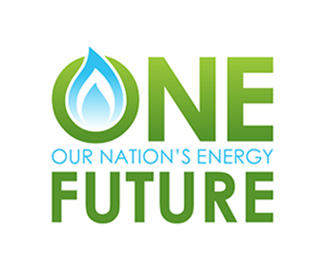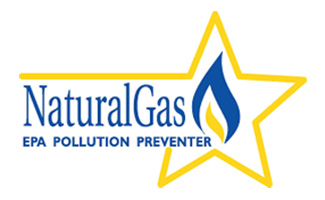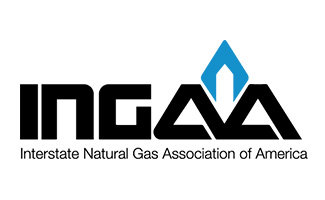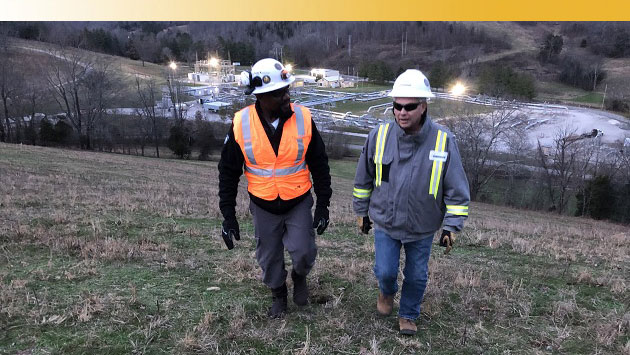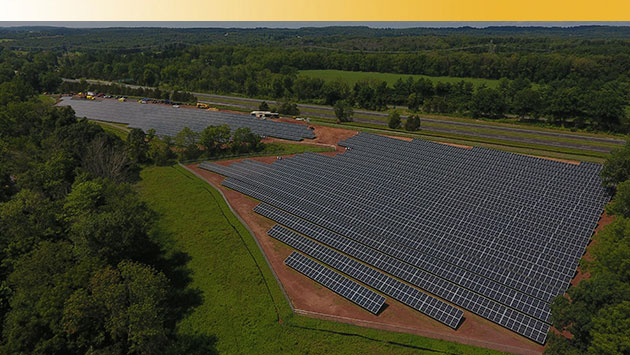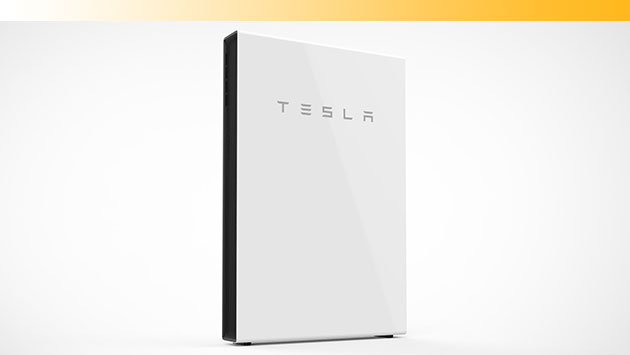Climate change and the energy transition
Climate change requires serious solutions. As a leading energy infrastructure company—with assets across the energy system—we are positioned to help society transition to a lower-emissions economy, while working to reduce our own emissions.
Our approach
The world faces a serious dual challenge—meeting growing global energy needs while addressing climate change. As the world’s population continues to grow—from 7.7 billion people today to more than 9 billion in 2040—as more people move to cities, and as we strive to raise standards of living and lift people out of poverty, access to energy that heats and cools homes, fuels transportation and generates electricity is an essential need.
And, while there is no doubt that an energy transition is underway, most forecasts suggest that more than half of 2040 energy demand will continue to be met by oil and gas. Put simply, if we are to meet our climate goals, then we must find ways to produce and transport cleaner oil and gas. At the same time, we need to concentrate on developing more renewable energy, improving energy efficiency and switching to lower-carbon sources like natural gas.
Enbridge is committed to doing our part. We’ve set a new corporate strategic priority—adapting to energy transition over time—to align our decision-making processes with the transition. This strategic priority helps to transform our decision-making processes to ensure we are adequately prepared for the risks and the opportunities presented by the energy transition.
Climate-related risks and opportunities are addressed in our policies, programs and management systems for governing pipeline safety and integrity, environmental management, emergency response and risk management.
Our Climate Policy guides Enbridge’s efforts to take a leadership role in the transition to a lower-emission economy and commits us to actions that include:
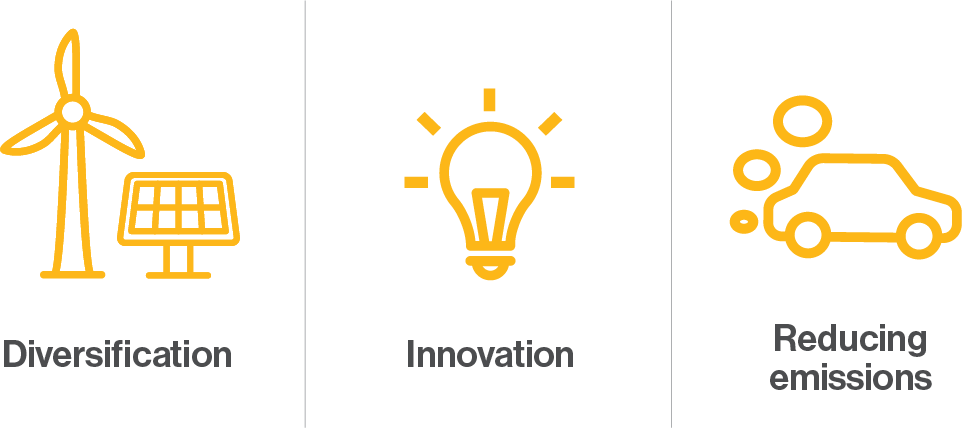
In 2019, we committed to developing next generation GHG emissions reduction targets. Since then we have established a rigorous process for the target setting process including the engagement of multiple external stakeholders and experts. Meanwhile, each of our business units has worked to establish emissions baselines and forecasts while also identifying and costing emissions reduction opportunities.
Through a wide range of Demand Side Management programs, we encourage our natural gas customers to adopt energy-saving equipment and operating practices to reduce energy consumption. Between 1995 and 20191, Gas Distribution and Storage's energy efficiency programs reduced customer consumption by 30 billion cubic meters of natural gas, which is enough natural gas savings to serve nearly 12.5 million homes2 for one year.
We are proactively addressing our methane emissions, including working collaboratively with industry to address the shared challenge. In Canada we work with the Canadian Gas Association focused on research and development to improve the quality and accuracy of methane data. In the United States we work with the Interstate Natural Gas Association of America (INGAA) which is focused on enhancing the quality of emission factors used for public disclosure and reducing emissions of natural gas across the energy value chain through initiatives such as ONE Future. We also participate in the following initiatives:
12019 spending and results are unaudited and subject to change.
2Assumes a residential customer using 2,400 m3 of natural gas per year to heat their home and water.
Highlights
3Assumes 1.875kg of CO2e are emitted for each m3 gas that is consumed.
4Assuming the average passenger vehicle produces 4.6 tonnes of CO2 per year.
In 2019, our Scope 1 emissions reduced significantly mainly due to the divestment of our gas gathering and processing assets. Our company-wide Scope 2 GHG emissions were about the same as 2018 levels.
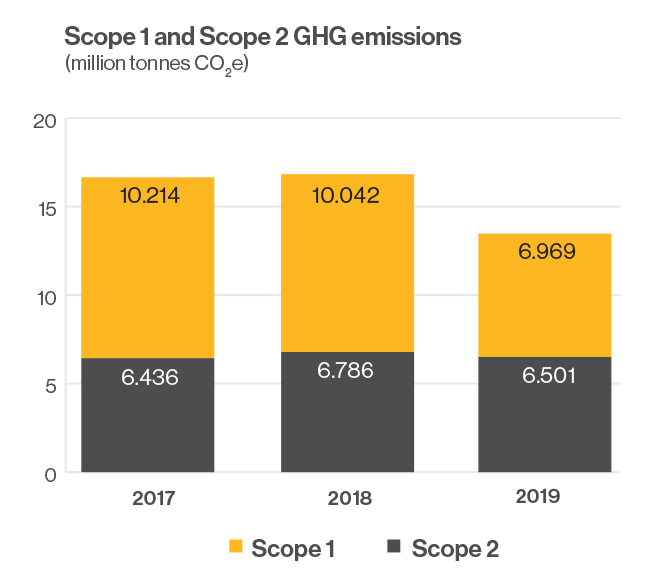
Spotlights
Related links
For more information on our resilient strategy through energy transition, read our climate report, aligned to the recommendations of the TCFD:





